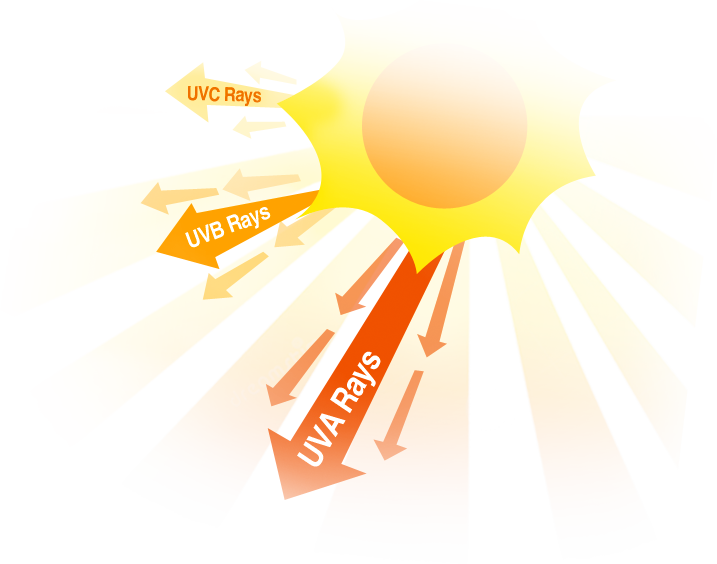Exposure to ultraviolet (UV) radiation from the sun is a significant primary risk factor for various detrimental skin conditions, including erythema, sunburn, hyperpigmentation, premature aging (photoaging), and the development of skin cancer. To counteract these harmful effects, sunscreens containing UV filters are widely utilized as a primary preventative measure. These UV filters are broadly classified as either organic (chemical) or inorganic (physical) based on their mechanism of action. Among the inorganic UV filters, titanium dioxide (TiO2) and zinc oxide (ZnO) have gained prominence due to their favorable safety profiles and their ability to provide broad-spectrum protection against both UVA and UVB radiation. This review article, based on the source material, delves into the current understanding of TiO2 and ZnO as inorganic UV filters, examining their properties, safety considerations, efficacy, challenges, and environmental impacts, thus highlighting why they are considered key components in modern photoprotection strategies.
Key Findings
•TiO2 primarily absorbs UVB radiation, while ZnO offers broader protection, interacting with both UVB and UVA rays, making their combination effective for broad-spectrum sunscreens.
•The particle size of inorganic UV filters significantly affects their efficacy and cosmetic acceptability; nanosized particles tend to have better UVB absorption and reduced visible light scattering, leading to more transparent formulations but potentially decreased UVA absorption.
•Surface coatings on TiO2 and ZnO nanoparticles (NPs) are crucial for reducing their photocatalytic activity and the generation of reactive oxygen species (ROS), thereby enhancing safety without compromising efficacy. Common coating materials include aluminum oxide (Al2O3) and silicon dioxide (SiO2).
•While inhalation of TiO2 NPs is a concern due to potential respiratory issues and carcinogenicity, topical application on intact skin generally shows limited penetration of both TiO2 and ZnO NPs beyond the stratum corneum.
•The environmental impact of inorganic UV filters, although generally considered lower than organic filters, is still under scrutiny, with potential concerns regarding toxicity to aquatic organisms related to photocatalytic activity and the release of zinc ions from ZnO2. However, studies suggest that under typical environmental concentrations, the risk is currently considered low due to aggregation and sedimentation of these particles.
•The pH of sunscreen formulations can influence the stability and efficacy of inorganic UV filters by affecting particle agglomeration. Maintaining a pH away from the isoelectric point is important for proper dispersion.
•Combining inorganic UV filters with organic filters and/or bioactive compounds can lead to synergistic effects, enhancing photoprotection and adding benefits like antioxidant activity.
This review article, drawing from the presented source, highlights the continued relevance and evolving understanding of titanium dioxide and zinc oxide as key inorganic UV filters in sunscreen formulations. The novelty lies in its comprehensive overview of the recent advances, persistent challenges, and critical safety and environmental considerations associated with their use. The research emphasizes the importance of controlling nanoparticle characteristics, particularly size and surface coating, to optimize both the photoprotective efficacy and the safety profile for human health and the environment. Future implications of this research point towards the development of innovative, safer, and more environmentally conscious sunscreens through advancements in nanoparticle synthesis, the exploration of synergistic combinations with other UV filters and bioactive ingredients, and a deeper understanding of their long-term effects. The ongoing research and development in this area are crucial for providing effective photoprotection while addressing potential risks and ensuring the well-being of both consumers and ecosystems.
Link to the study: https://www.mdpi.com/2079-9284/12/2/77

